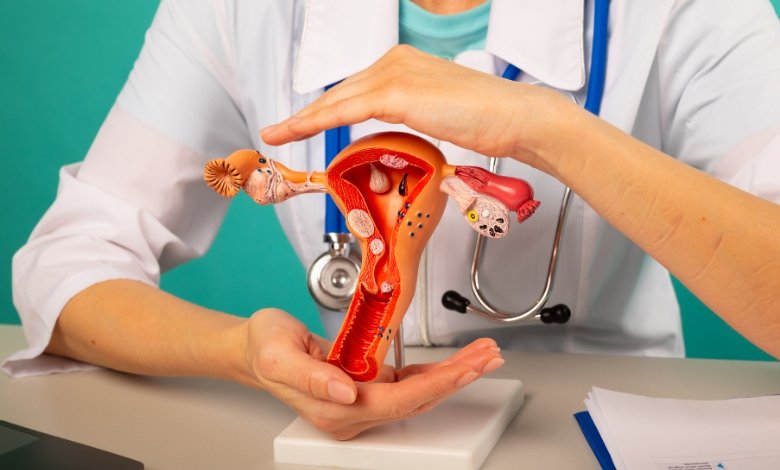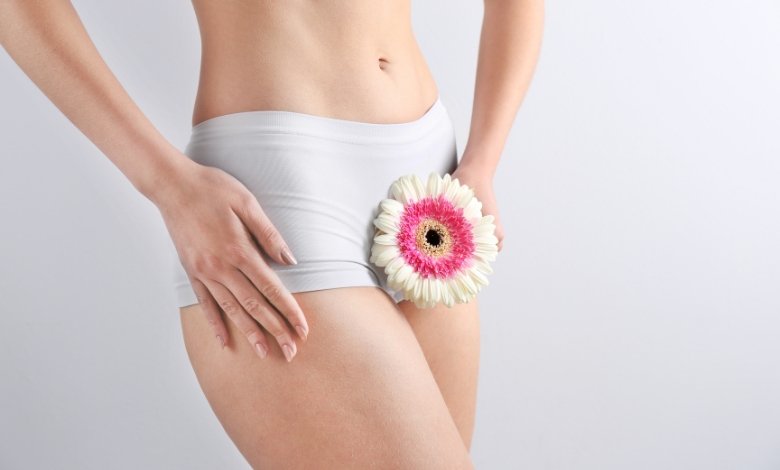Curious about female anatomy? Discover the answer to “how many holes in vagina” and clear up misconceptions with this easy guide.
Let’s get real for a second: Most of us have questions about the human body that are either too embarrassing to ask or that we just didn’t quite learn in school. And one of the most common-and misunderstood-questions? “How many holes are in the vagina?”
If you’re here, then you’ve wondered too-and you aren’t alone. As I started researching this topic, I was blown away by how many misinformed views about female anatomy were out there. This is especially true for asexual individuals, who may not engage with this information in the same way but still deserve clear, accurate knowledge about their bodies.
In fact, even for someone who thinks of themselves as fairly informed, I was blown away by what most of us actually don’t know. So let’s dive deep into this fascinating subject, clean up that confusion, and answer your questions in a relatable way that’s accurate and easy to understand.
Quick Answer: It’s Not About the Vagina Either

Thing is, the vagina itself has one opening, but the whole external female genital area-that is, the vulva-has three distinct openings.
These are the three openings:
- The Urethral Opening – For urination.
- The Vaginal Opening – For menstruation, sexual intercourse, and childbirth.
- The Anus – It serves for the elimination of wastes.
Now, before you think, “Okay, got it,” and click away, stick with me! There is loads more to tell in this story, and learning about the anatomy, functions, and fun facts about these openings may change the way you feel about the female body-whether your own or someone else’s.
Breaking It Down: What are these Openings and What do They Do?
Let’s look more closely at each one of these openings. Trust me, it’s much more interesting than it sounds.
1. The Urethral Opening
The opening of the urethra allows for passage out of the body for urine and is part of the urinary system; it bears no relation with reproduction, even though it also is located very near to the vaginal opening.
Where is it situated?
If you’re looking at the vulva, the urethral opening is a small hole beneath the clitoris and above the vaginal opening; it’s tough to see because it is so small.
What’s unique about it?
In females, the urethra is much shorter-about 1.5 inches-compared to males. This makes urination much quicker but also makes the risk for UTIs much greater because bacteria have a much shorter distance to the bladder.
Fun fact: Unlike the vagina, the urethra doesn’t stretch. It’s strictly for urination!
The urethral opening is like a small, specialized “exit lane” on a highway: small, efficient, and dedicated to a single purpose-getting one thing, urine, out and out fast.
2. The Vaginal Opening
The vaginal opening is the one most people are referring to when they ask about “holes in the vagina.” It’s part of the reproductive system, and it plays multiple roles:
- It’s where menstrual blood exits during a period.
- It’s the entry point for sexual intercourse.
- It’s the passageway for childbirth, also known as the birth canal.
Where is it located?
The vaginal opening is located just below the urethral opening. It’s larger and more visible than the urethra, and it’s surrounded by the labia (the folds of skin that make up the vulva).
What’s unique about it?
- The vagina is incredibly elastic. It can stretch to accommodate a baby during childbirth and return to its original size afterward. Think of it as the body’s version of a rubber band, except way more durable.
- It’s a self-cleaning organ. That’s right! The vagina produces natural secretions to maintain a healthy pH balance and keep everything functioning smoothly.
When I first learned about the self-cleaning aspect of the vagina, I was amazed. It’s like having a built-in cleaning crew that works 24/7. This is why douching or using harsh soaps is a big no-no, it disrupts what the body is already doing perfectly on its own!
3. The Anus
The anus is part of the digestive system and is used for the elimination of waste (feces). It’s located below the vaginal opening and is not part of the reproductive or urinary systems.
What’s unique about it?
- The anus is surrounded by two rings of muscles called sphincters that control the release of waste.
- While it’s anatomically close to the vaginal opening, it operates completely independently.
Why mention it here?
Because of its proximity to the vaginal and urethral openings, it’s important to maintain proper hygiene to prevent infections. This is especially true during activities like wiping after using the bathroom, always wipe front to back.
Common Misconceptions (And Why They Matter)
Okay, now that we’ve covered the basics, let’s talk about some of the biggest misconceptions people have about female anatomy.
1. “The vagina and the vulva are the same thing.”
Nope. The vagina is the internal muscular canal, while the vulva refers to all the external genitalia, including the labia, clitoris, and the openings we just talked about.
Think of it like this: The vulva is the front door, and the vagina is the hallway inside.
2. “The hymen is a seal that ‘breaks.’”
This is one of the most persistent myths. The hymen is a thin membrane that partially covers the vaginal opening, but it’s not a “seal.” It naturally stretches or thins over time due to activities like exercise, tampon use, or even just living life.
3. “There’s only one hole down there.”
This is a big reason why people ask the question, “How many holes are in the vagina?” Many confuse the urethral opening, vaginal opening, and anus, thinking they’re all one or the same. But as we’ve learned, each has its own unique function and location.
Fascinating Facts About Female Anatomy
Now that we’ve cleared up the confusion, let’s dive into some fun (and mind-blowing) facts about female anatomy:
- The clitoris is much larger than it looks.
What you see externally is just the tip of the iceberg. The clitoris extends internally and has about 8,000 nerve endings, making it the most sensitive organ in the human body. - The vagina can expand up to 200% of its normal size.
This happens during childbirth and sexual arousal. It’s one of the most adaptable parts of the body. - The vulva is unique to every individual.
Just like fingerprints, no two vulvas look exactly the same. - The vagina has its own ecosystem.
It’s home to billions of microorganisms that work together to keep it healthy.
Why This Knowledge Matters
Understanding the anatomy of the female genital area isn’t just about satisfying curiosity, it’s about promoting health, confidence, and communication.
- For women: Knowing how your body works helps you spot potential health issues and advocate for yourself in medical settings.
- For partners: Understanding the female body fosters better relationships and communication.
- For everyone: Knowledge reduces stigma and misinformation, creating a more informed and respectful society.
Frequently Asked Questions (FAQs)
1. Is the urethral opening part of the vagina?
No, the urethral opening is separate and is part of the urinary system, not the reproductive system.
2. Why are there three openings?
Each opening serves a unique function: urination (urethra), reproduction and menstruation (vagina), and waste elimination (anus).
3. Can you see all three openings?
Yes, but the urethral opening can be harder to spot because it’s very small.
Key Takings:
- The female genital area is made up of multiple parts, each with its own unique function.
- Understanding the anatomy promotes health, communication, and reduces stigma and misinformation.
- There are common misconceptions about female anatomy, such as confusing the vagina and vulva or thinking there’s only one hole.
- The vagina is an incredible organ that can stretch and clean itself. It also has its own ecosystem!
- Knowing how your body works empowers you to advocate for yourself and fosters better relationships with partners. So keep exploring, learning, and embracing your amazing body.
Additional Resources:
- The Mysteries Of The Female Anatomy Unveiled: This article explores the intricate details of female anatomy, highlighting the vital roles each part plays in maintaining overall health.
- 5 Things You Probably Don’t Know About Your Vagina: Discover surprising facts about the vagina, including its unique microbiome and tips for maintaining its health.
- 14 Amazing Facts About the Woman’s Body: This piece debunks common myths about the vagina and vulva, offering fascinating insights into female anatomy.
- Mysteries of female anatomy (PDF): A scholarly article that delves into the secrets of female anatomy, providing a historical perspective on human dissection and gender.


